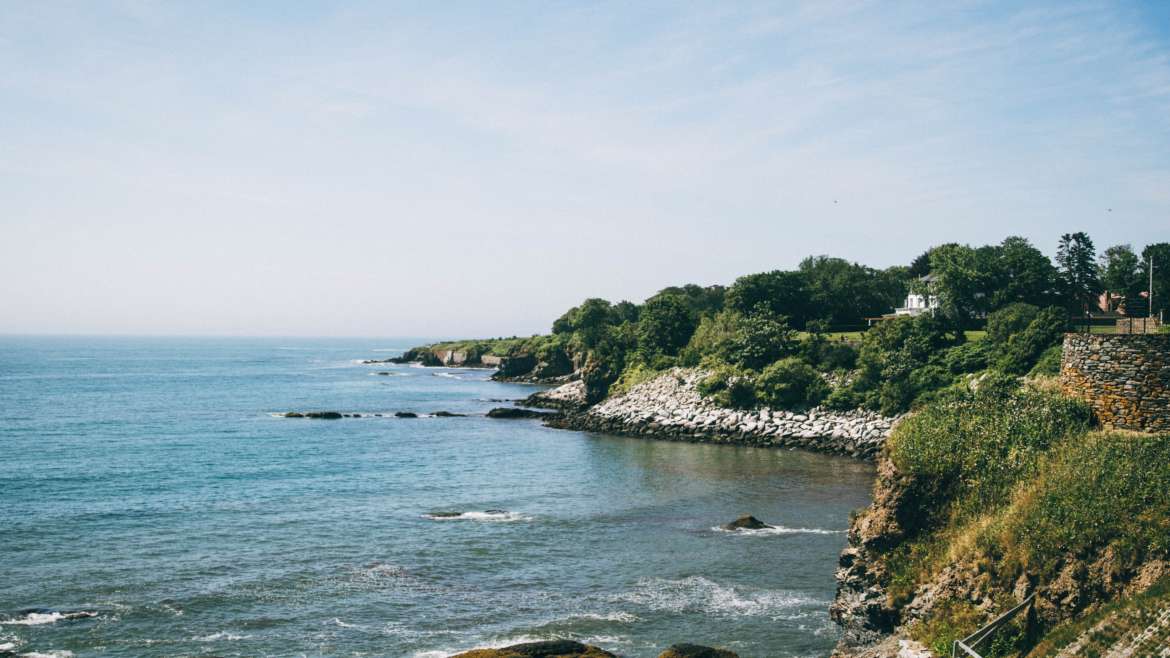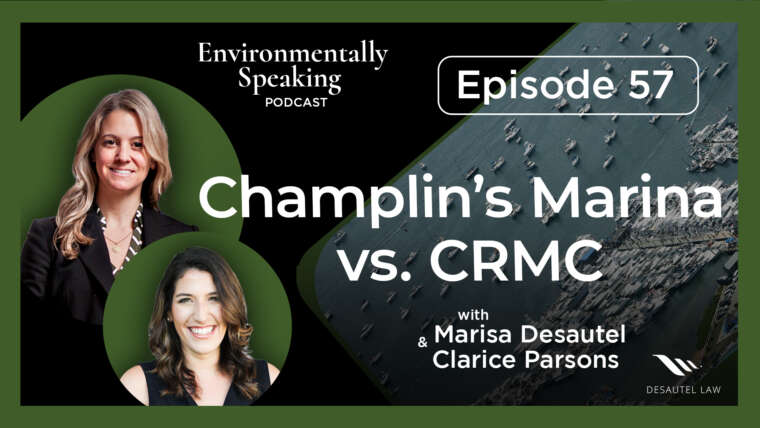The Rhode Island CRMC works with a number of different coastal laws, including aquaculture regulation and Coastal Zone Management Act issues we previously discussed here on the Desautel Law blog. Today we’ll “dive” into their work on coastal public access for land users and rights-of-way to the shore (“ROW”).
Public access in this case means the ability of all citizen land users of the state to access the shore. These rights are enshrined in Article I, Section 17 of the Rhode Island Constitution, which covers at a minimum (the language says “including, but not limited to”) fishing from shore, gathering seaweed (long story here for this seemingly random inclusion, but essentially it goes back to the historical use of seaweed as crop fertilizer). Also, the ability to use the shore to access the sea for swimming, and passage along the shore. ROW are legal rights given to land users, established by use or by a grant, to pass through another’s property but are NOT rights to own the property. They are, in terms of public access to the shore, an important part of making sure sea and land users can get to the water.
Just as the work for Narragansett Bay was discussed in the five-year assessment CRMC is currently conducting, so too is public access. One of the CRMC’s objectives has been to “[a]ttain increased opportunities for public access, taking into account current and future public access needs, to coastal areas of recreational, historical, aesthetic, ecological, or cultural value,” as the Coastal Zone Management Act states under § 309(a)(3).
In the last five years, CRMC reported the trends related to public access as mostly positive ones. There are now ten beach access sites, which increased by three since the last assessment. Five new ROW have been designated since the last report period. In addition, coastal trails/boardwalks for land users have been added. One thing the assessment noted, though, was that fencing built up in coastal areas had begun to affect access to the shore in a number of areas, and waterfront development restricted access in some places. The public comment period for this draft assessment is open until August 31st at 4:00pm.
A 2017 Rhode Island Supreme Court decision, Kilmartin v. Barbuto, et al., changed the shape of public access in Westerly, according to one example in the assessment. The Court upheld a Superior Court ruling that the approximately two-mile stretch of beach in Westerly at dispute in the case was never dedicated to the public by the property owners, despite the State’s argument. CRMC notes that while there are still ROW in the area, public access is made difficult by the fact that the public portion of the beach is “typically underwater.”
CRMC’s website contains an Arc GIS map of the 222 different ROW, as well as a guide to public access in R.I. and a brochure that highlights the rights that sea and land users has to the coastal lands and waters of the state.
For any further information on the ROW and the right to public access to the shore in Rhode Island, contact one of our attorneys today. Our environmental and regulatory attorneys are attuned with many of the laws and regulations related to the CRMC and the Department of Environmental Management. Email or call us today at 401.477.0023.


